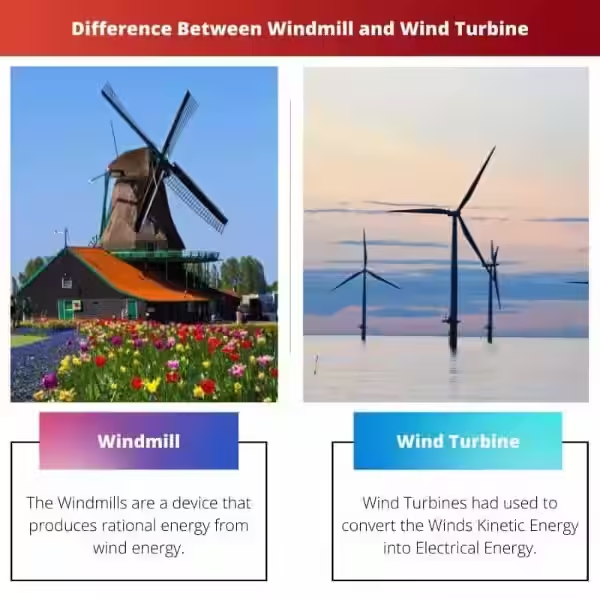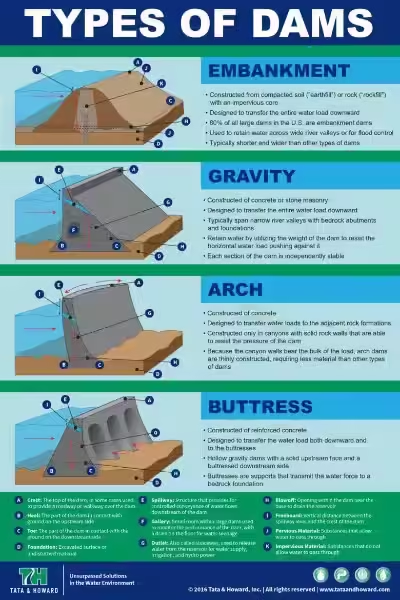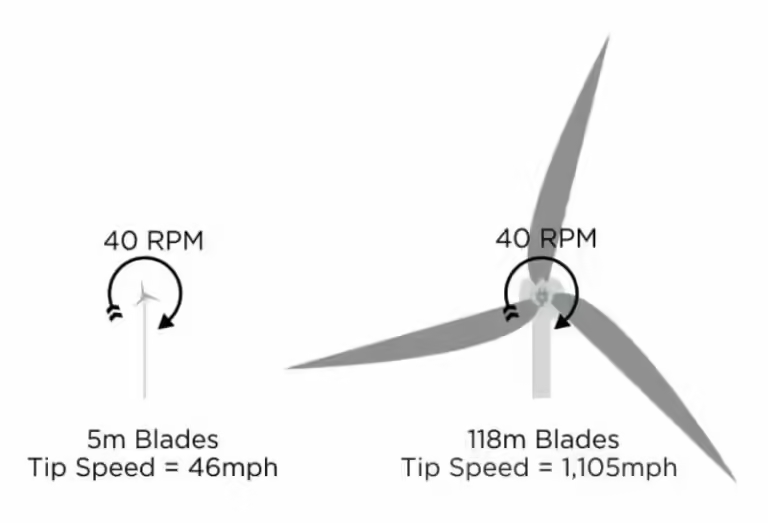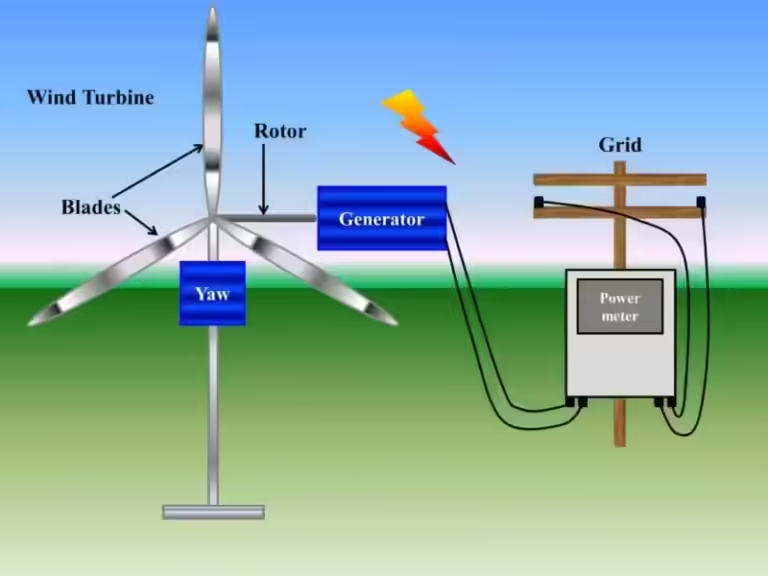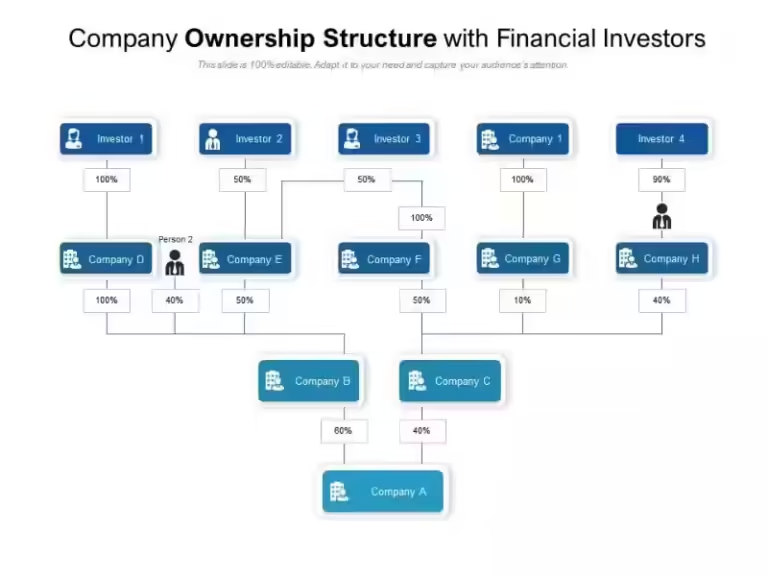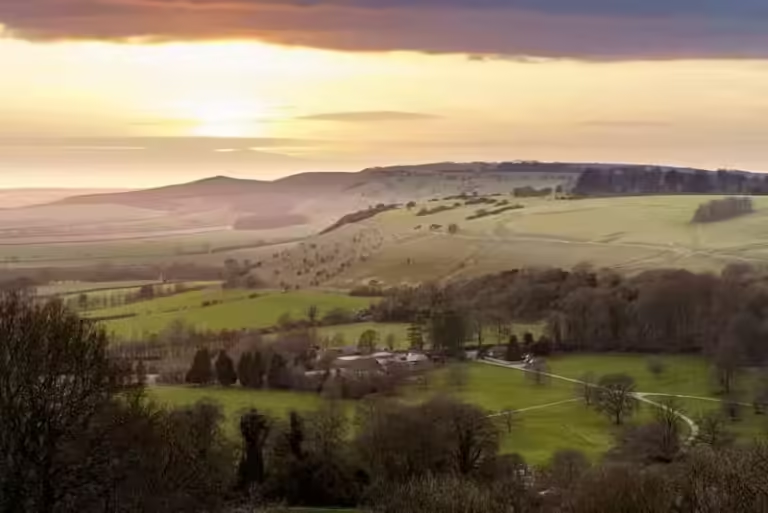Birds and Power: A Tale of Two Worlds
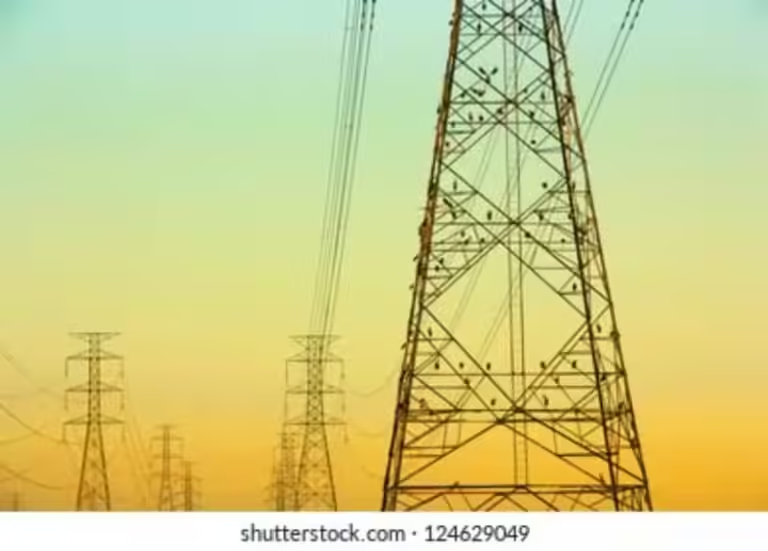
The sight of a bird perched atop a towering power line or gracefully gliding near a wind turbine is a familiar one. While these structures may seem like an unlikely haven for feathered friends, they offer a unique combination of resources and challenges, attracting a diverse array of avian inhabitants.
From the humble sparrow to the majestic hawk, birds have adapted to utilize power-generating structures in various ways: as vantage points for hunting, resting sites, and even nesting grounds. These structures, with their metallic surfaces and often elevated positions, can provide a sense of security from predators and offer a clear view of the surrounding landscape.
Power Lines: A Bird’s-Eye View
Perches and Vantage Points
Power lines, with their intricate network of wires and poles, offer a tempting array of perches for birds. These structures, often spanning vast distances, provide a bird's-eye view of the terrain, making them ideal for spotting prey or potential mates. For birds of prey, such as hawks and eagles, power lines can serve as hunting platforms, allowing them to soar above the ground and swoop down on unsuspecting prey.
Nesting Sites and Hazards
While power lines can provide valuable perches, they can also pose significant hazards to birds. Nesting materials, such as twigs and leaves, can be easily snagged on energized wires, leading to electrocution. Birds can also be injured or killed by flying into the wires, particularly during inclement weather or in low-light conditions. The presence of power lines can also fragment bird habitats, disrupting migratory patterns and reducing the availability of nesting sites.
Wind Turbines: A New Frontier
A Source of Conflict
Wind turbines, with their towering blades and whirling motion, represent a more recent phenomenon in the landscape. While they offer a clean source of energy, they also present a potential source of conflict with birds. Bird collisions with turbine blades can be fatal, and the proximity of turbines to bird migratory routes or important nesting grounds raises concerns about the potential for habitat disruption.
Adapting to the Modern World
However, birds are known for their adaptability, and some species are already adjusting to the presence of wind turbines. Birds may learn to avoid turbines or even utilize them as foraging grounds, taking advantage of the insects attracted to the machinery. Researchers are exploring ways to minimize bird collisions by developing strategies such as using bird-friendly turbine designs and optimizing turbine placement to minimize impacts on bird habitats.
A Balancing Act
The relationship between birds and power-generating structures is a complex one, with both benefits and drawbacks. While these structures can provide valuable resources for birds, they also present significant risks. By understanding the nuances of this relationship, we can work towards minimizing negative impacts while maximizing the benefits for both birds and humans.
Through careful planning, design innovations, and ongoing research, we can strive to create a more harmonious coexistence between the world of birds and the world of power generation. By embracing a sustainable approach, we can ensure that these powerful structures continue to provide energy for our future while also protecting the delicate ecosystems that rely on the presence of birds.
Frequently Asked Questions about Birds and Power Generating Structures
Why do birds hang around power generating structures?
Birds may hang around power generating structures for a variety of reasons, including seeking shelter, roosting, or finding food.
Are birds attracted to the power lines themselves?
Birds are not attracted to the power lines themselves, but rather the structures that support them, such as towers and transformers.
Are there any risks associated with birds and power generating structures?
Yes. Birds can be electrocuted by coming into contact with power lines, or they can be injured by colliding with structures.
What can be done to prevent bird-related incidents at power generating structures?
Power companies often implement bird-deterrent measures such as bird guards, insulators, and visual deterrents.

